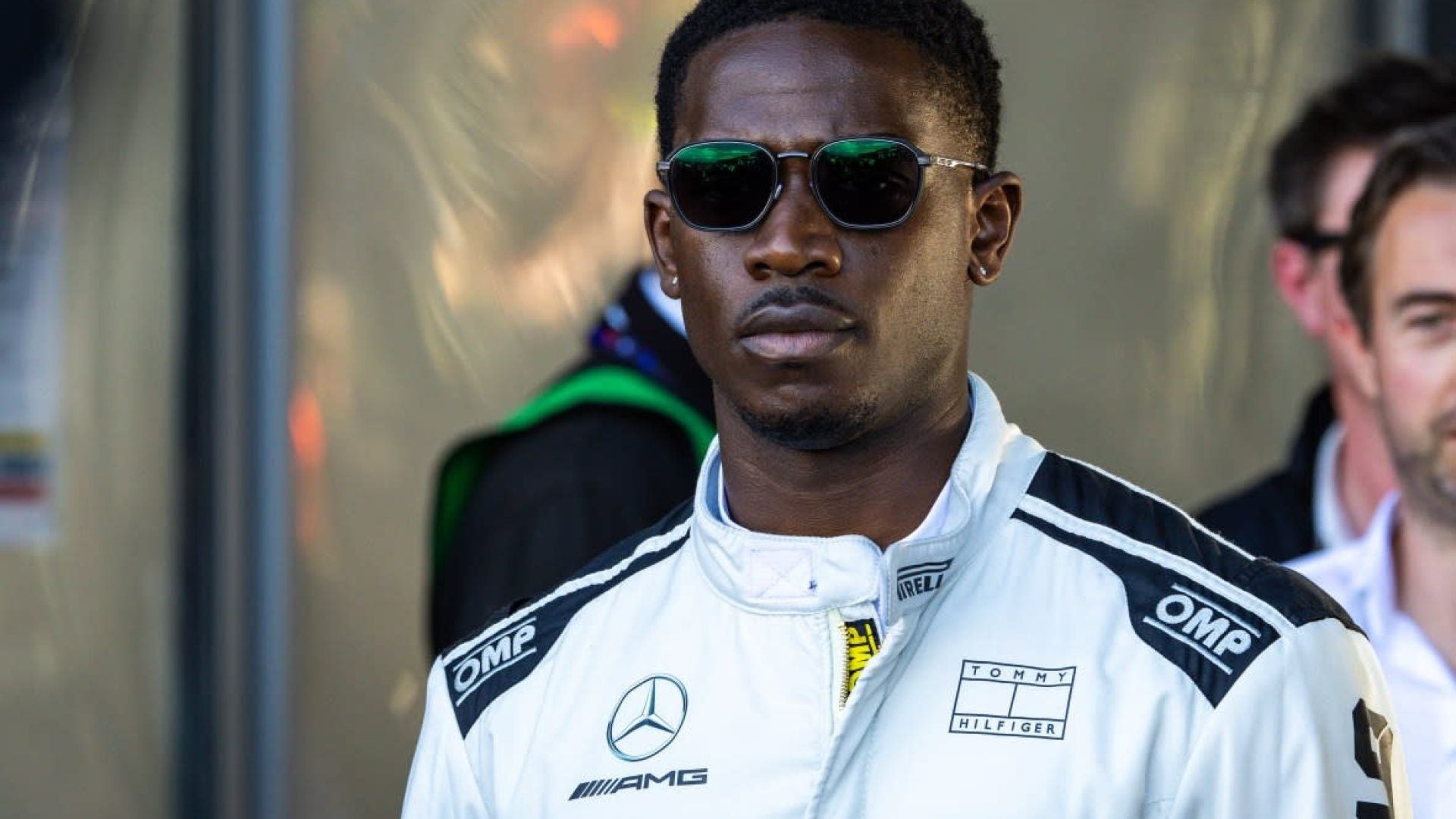
Dear #Disney , our brown skin is not a costume. Get outta here with that crap. Sincerely, a furious brown skinned Pacific Islander. #Moana
— taleifiji (@TaleiFiji) September 19, 2016
cosplaying things like moana is one thing - cosplay shouldn't be limited to what ur race is. but literally wearing a brown skin costume? no
— ✨ hannah ✨ (@donnatroying) September 19, 2016
To the ppl who don't understand why #Moana costume was offense: Good news, there's a reason you don't get it! An excerpt from the interview: pic.twitter.com/yNcHTJc2QC
— carla herreria (@carlalove) September 22, 2016
Prior to the release of the costume, the film’s trailers and images had already raised concern about cultural appropriation. Particularly in Oceanian communities (which refers to the region between Southeast Asia and the Americas and includes the Pacific islands Polynesia, Fiji, and Papua New Guinea), the film’s portrayal of the characters can be read as racist. Case in point: Maui’s “larger-than-life” portrayal which some say serves to perpetuate the stereotype that all Polynesian people are obese. “Brownface” (or “Polyface”) is in the same vein as Blackface and is just as offensive. From old-timey minstrel shows to ripped-from-the-headlines news stories about frat bros painting their faces with grease for “Bros and Hos” parties, the phenomenon of donning a different skin color is tinged with mocking and exploitation. Disney’s seemingly innocuous appropriation of brown skin and religious tattoos for white kids’ enjoyment is a sign that Hollywood (and its marketing team) need to be more thoughtful in how it goes about packaging and selling other cultures on a grand scale. Especially when they’re after our dollars.You can LITERALLY buy brown skin with PI tattoos& a grass skirt for $44.95. This is exactly why so many PIs have been critical of #Moana
— امنية (@NiaLole) September 18, 2016





